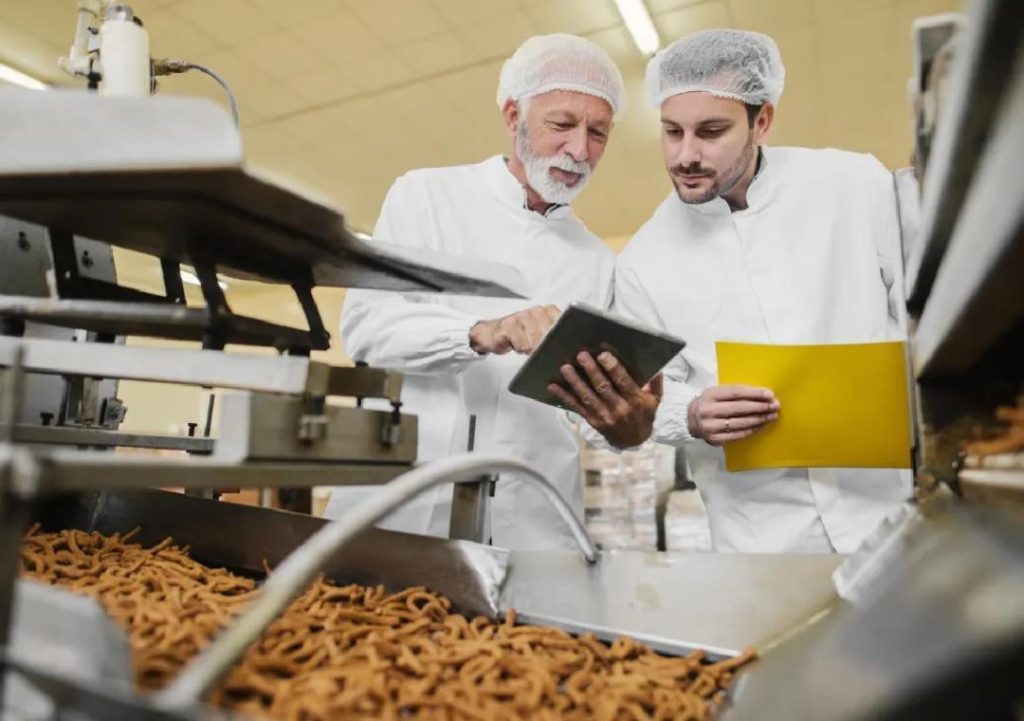
Can P&L Optimisation Redefine Success in Food Technology?
The food technology industry is experiencing a significant transformation, driven by advancements in automation, data analytics, and smart inventory systems. As a result, companies are rethinking their profit and loss (P&L) operations to streamline processes, reduce waste, and improve profitability. In this blog post, we’ll explore how P&L optimisation can redefine success in food technology and provide insights into the benefits of adopting scalable models.
The Importance of P&L Optimisation
In the food technology industry, P&L optimisation is crucial for ensuring sustainable growth and staying competitive. With the increasing competition and fluctuating market conditions, companies need to focus on optimising their P&L operations to maintain profitability. P&L optimisation involves streamlining processes to reduce costs, enhance revenue, and improve the overall efficiency of the business.
Challenges Facing Food Technology Companies
Food technology companies face unique challenges when it comes to P&L optimisation. The industry is characterised by high operational costs, complex supply chains, and unpredictable demand patterns. These challenges make it difficult for companies to accurately forecast demand, manage inventory, and reduce waste.
The Role of Automation and Data Analytics
To overcome these challenges, food technology companies are turning to automation and data analytics. Automation enables companies to streamline processes, reduce manual errors, and improve the overall efficiency of their operations. Data analytics, on the other hand, provides valuable insights into customer behaviour, demand patterns, and supply chain performance.
Benefits of P&L Optimisation
By adopting P&L optimisation strategies, food technology companies can reap numerous benefits, including:
- Improved Profitability: P&L optimisation helps companies reduce costs, enhance revenue, and improve profitability.
- Reduced Waste: Automation and data analytics help companies identify areas of waste and inefficiency, enabling them to reduce waste and improve the overall sustainability of their operations.
- Enhanced Demand Forecasting: Data analytics provides valuable insights into customer behaviour and demand patterns, enabling companies to improve their demand forecasting and inventory management.
- Better Decision Making: P&L optimisation provides companies with the data and insights needed to make informed decisions about their operations, enabling them to respond quickly to changes in the market.
- Scalable Models: P&L optimisation enables companies to adopt scalable models that support sustainable growth and expansion.
Case Studies
Several food technology companies have successfully adopted P&L optimisation strategies to improve their profitability and competitiveness. Here are a few case studies that illustrate the benefits of P&L optimisation:
- Company X: A leading food technology company adopted automation and data analytics to streamline its P&L operations. As a result, the company reduced its costs by 20%, improved its profitability by 15%, and enhanced its demand forecasting by 30%.
- Company Y: A mid-sized food technology company implemented a P&L optimisation strategy that included the adoption of smart inventory systems and data analytics. The company reduced its inventory costs by 15%, improved its supply chain efficiency by 20%, and enhanced its customer satisfaction ratings by 25%.
Conclusion
P&L optimisation is a critical component of success in the food technology industry. By adopting automation, data analytics, and smart inventory systems, companies can streamline their P&L operations, reduce waste, and improve profitability. As the industry continues to evolve, companies that adopt P&L optimisation strategies will be better positioned to succeed and stay competitive.
Source
https://www.growthjockey.com/blogs/p-and-l-operations-in-food-tech






